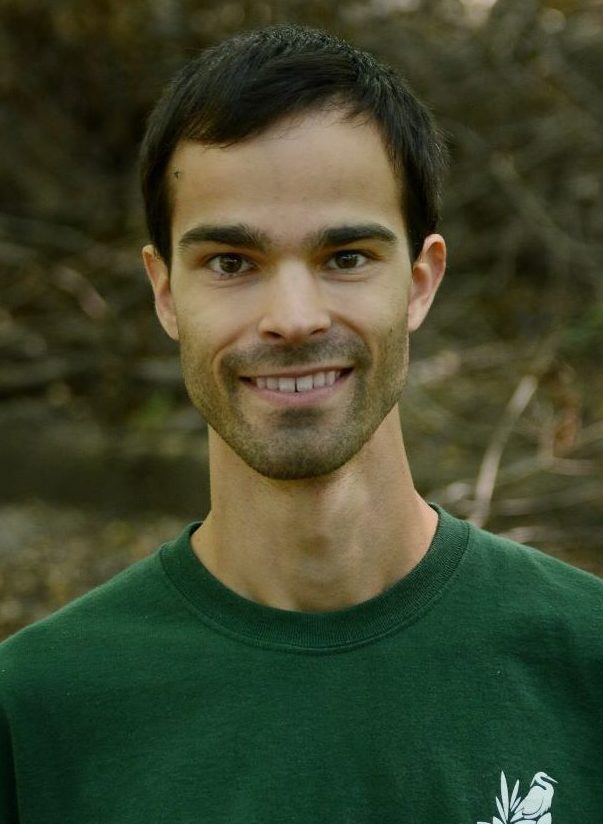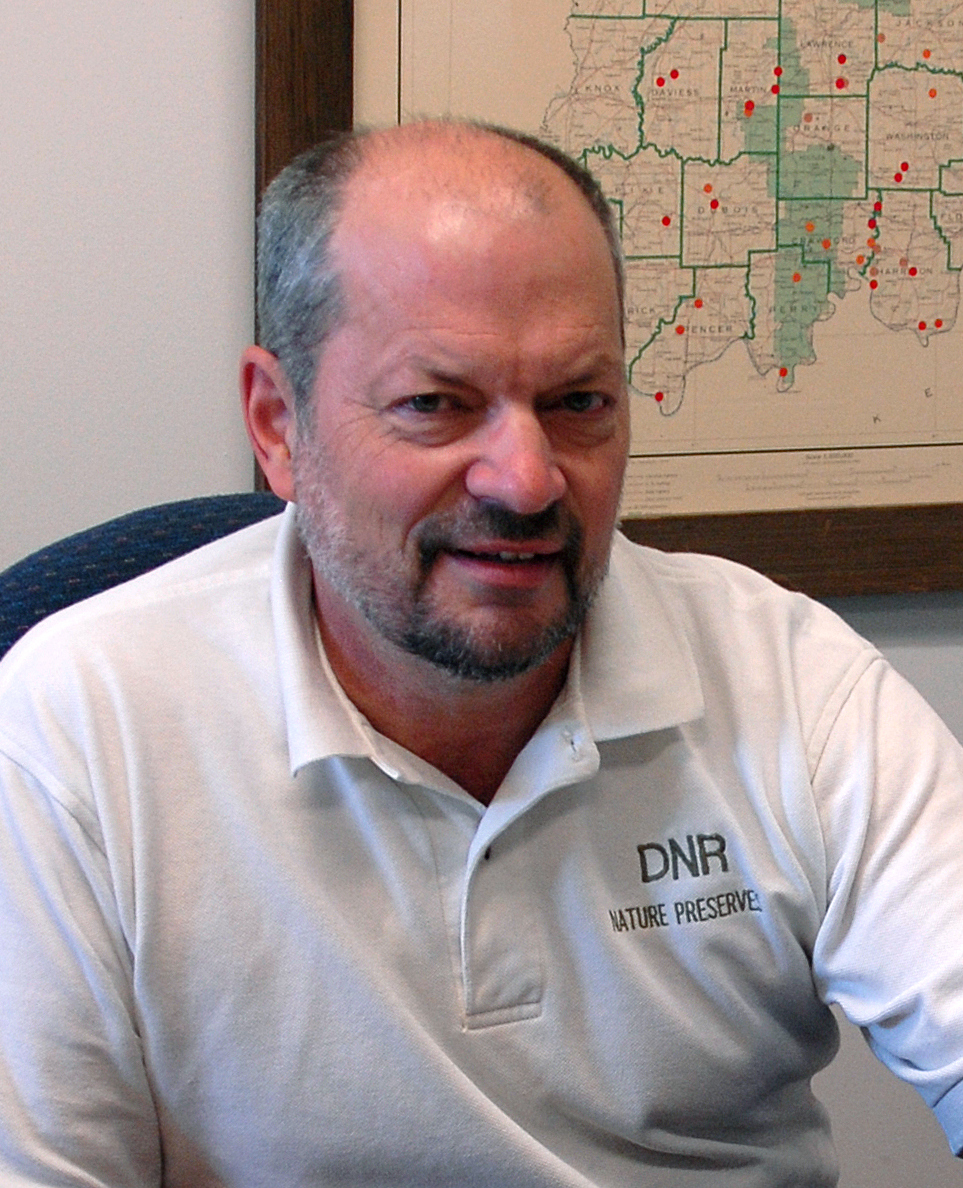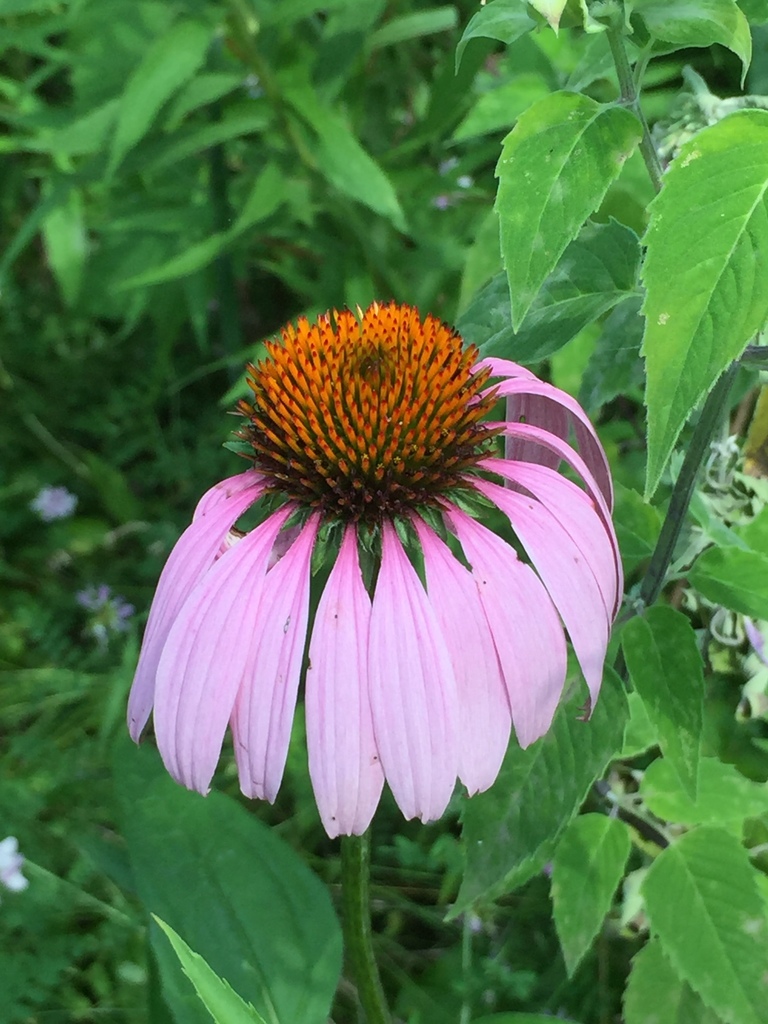An Update on our Tree Planting Pledge
In May of 2020, our stewardship crew placed a small red flag in the ground. The bare sticklike plant next to it was marked sapling #1.

Shawndra Miller
Communications Manager
An Update on our Tree Planting Pledge
In May of 2020, our stewardship crew placed a small red flag in the ground. The bare sticklike plant next to it was marked sapling #1.

Communications Manager
We have some exciting news. The Herbert Simon Family Foundation has generously offered a matching grant to support our mission. Every dollar you donate by September 1, 2024, will be matched up to $50,000. Continue reading

Communications Manager
We recently closed on a six-acre addition to Callon Hollow, a nature preserve in Johnson County. Located in one of the most biodiverse forested areas in the state, this nature preserve offers habitat for species like broad-winged hawks, hooded warblers, and Eastern box turtles. Continue reading

Communications Manager
With a high plant diversity and stable plant populations, a prairie can provide habitat for a plethora of insects and birds. That’s one thing that makes our Nonie Werbe Krauss Nature Preserve so special. Almost 90 species of birds have been found on CILTI’s only prairie habitat nature preserve. Continue reading

Stewardship Specialist
Final in a series by board member John Bacone
Note: A version of this series appeared in the Indiana Parks Alliance newsletter and the Indiana Native Plant Society Journal.
Savannas, which are natural communities comprised of widely spaced oak trees in a matrix of prairie forbs, once were common in Indiana, especially in the northwest part of the state. Excellent examples of these fire-dependent communities have been protected at Stoutsburg Savanna and Tefft Savanna Nature Preserves in Jasper County and Conrad Station Nature Preserve in Newton County. Continue reading

Secretary
By Lee Casebere
The well-known scientist E.O. Wilson wrote in 2006, “More respect is due the little things that run the world.” I want to further explore why it matters that many species of plants and animals around the world are disappearing due to human actions. Continue reading
Have you ever attended one of CILTI’s guided hikes and thought that you might enjoy leading a hike yourself? Have you been inspired by a guided hike or program that you’ve participated in? You could join our White River Docent team!

White River Steward
Exciting news: Our generous partners at Efroymson Family Fund have presented us with our biggest ever year-end challenge. Every gift up to $250,000 will be generously matched by the family! Donations must be made by December 31, 2023 to count toward this match. Continue reading

Communications Manager
“Should I get rid of it?”
“What’s the best way to eradicate it?”
“What should I put there instead?”
Our stewardship team gets a lot of great questions about invasive species! Continue reading

White River Steward
Guest blogger Ed Pope contributed this historic overview of the Hoosier National Forest’s formation.
Even in the earliest years of the American republic, there were those who were concerned about the future of our forests. This was mostly for practical, rather than environmental reasons. At the time, wood was the most common building material, used in everything from homes to ships. Continue reading

Guest Blogger